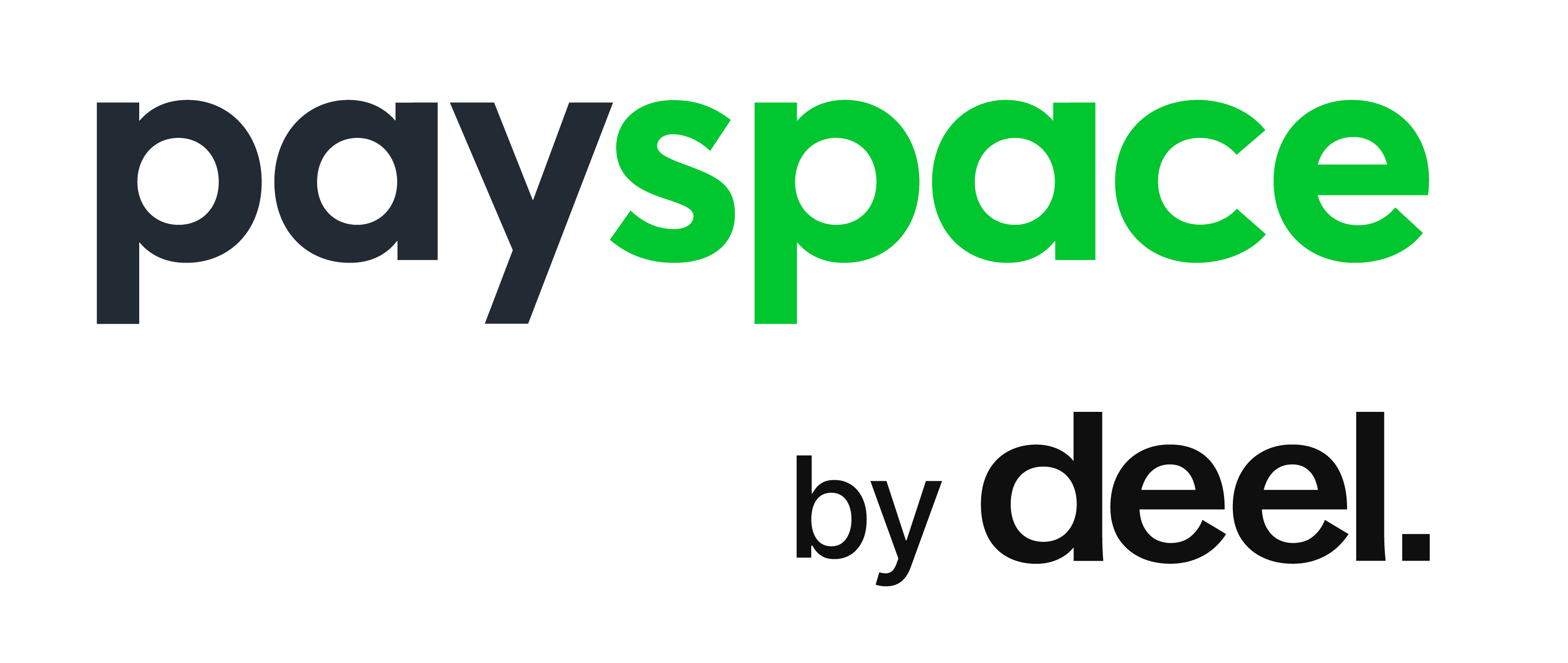Cloud Analytics
PaySpace Payroll and HR Cloud Analytics provides users with a business intelligence (BI) solution that is intuitive and simple to use.
Cloud Analytics is a cloud-native tool that simplifies report customisation and distribution, ultimately allowing you to design reports that are relevant to your business’s unique requirements providing users with reliable business-critical information.

About Payroll & HR Cloud Analytics
For many organisations people costs account for over 75% of their operating expense, so gaining real-time analysis and insight into the detail and performance of what is actually happening, crunching the numbers with confidence that they are accurate, is vital for managing the governance, business forecasting and agile decision making that is demanded in today’s economic climate.
Our (optional) Cloud Analytics module utilises a world-class Business Intelligence(BI) platform that is easy and intuitive to set-up and use. Enabling both your executives and domain specialists alike to gain anywhere, any-time access to obtain fast answers, uncover hidden trends, pursue insights and make discoveries that drive key people decision making.
Blazing Speed & Accurate Data
Users have access to intuitive dashboards that allow them to slice and dice data based on any field in the system and the results are instant. Invite work colleagues to participate in interactive sessions and show them in real-time how to gain insights from relevant data.
Packaged reports are critical in everyday Payroll and HR business scenarios as well as complying with legislative requirements in some countries. Cloud Analytics does not replace these reports but rather provides users with a dynamic toolset that consolidates all data into a single, meaningful and accessible platform.
Cloud Analytics has been designed for administrative users who need to access data on a daily basis right through to business leaders who periodically have the need to access data yet comply with their Org permissions setup in PaySpace. Pricing is based on a per user fee so you only pay for specific analytics users.

Use Cloud Analytics to:
Interpret workforce data and transform it into useful information
Analyze key workforce measures and their inter-relationships to gain insight into a range of common Payroll & HR issues
Consolidate multiple legal entities and pay frequencies
Analyse payroll figures across multiple countries in a single currency
Build evidence-based business cases for HR & Payroll initiatives
Identify trends, anomalies and hot-spots
Drill-down into data and extract the results directly to Microsoft Excel
Create your own charts and tables based on your unique business requirements
Share dashboard objects with your colleagues
Search across all your data to get the big picture – just type any word or phrase, in any order, for instant, associative results that let you see new connections and relationships across your data
